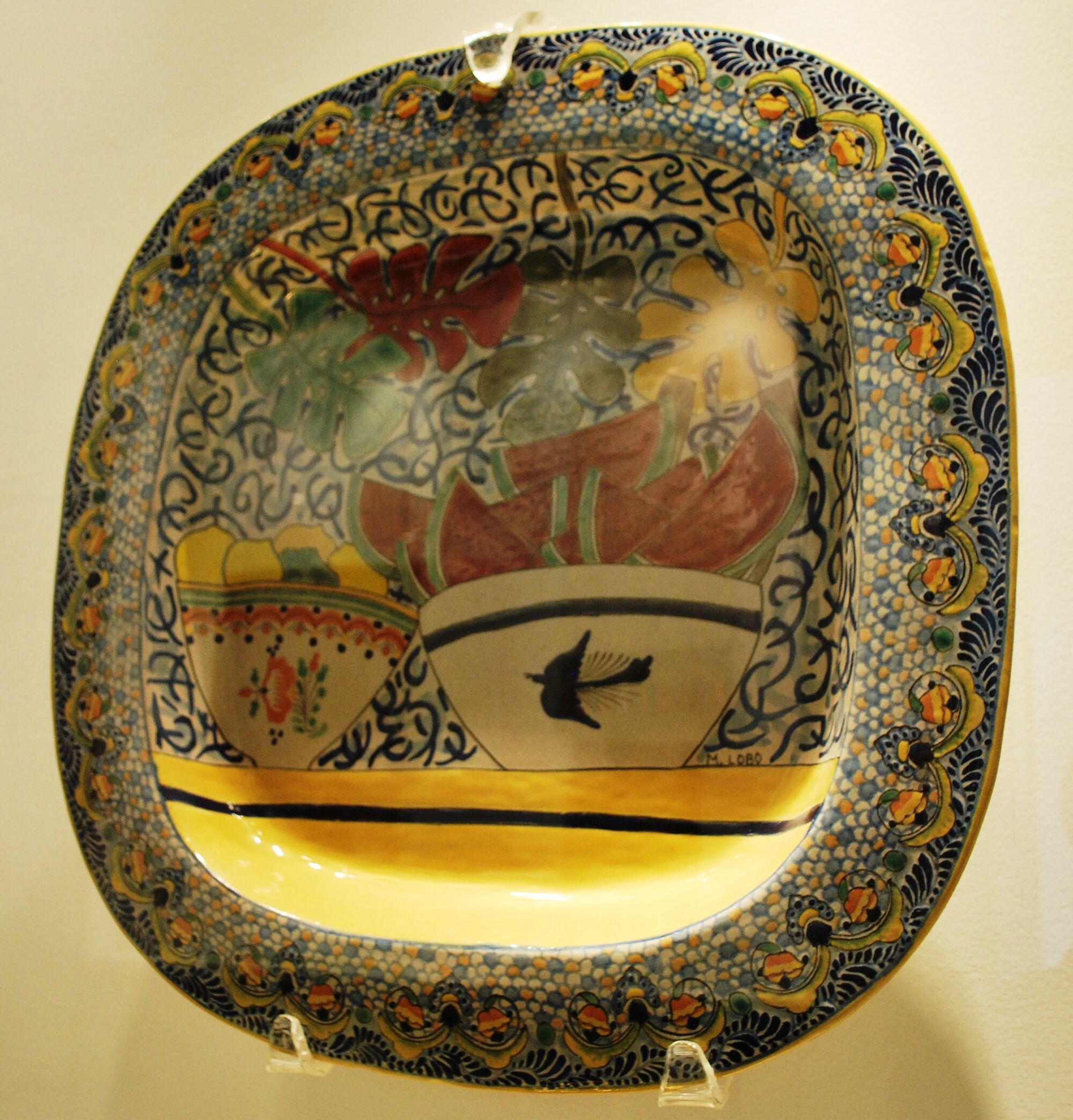Talavera Pottery: Techniques And History
Share
Talavera pottery, a vibrant and colorful form of ceramic art, has its roots in the rich cultural tapestry of Mexico. Originating from the city of Puebla, this traditional craft has been cherished for centuries, showcasing the skill and artistry of Mexican artisans. In this article, we will explore the fascinating history of Talavera pottery, the intricate techniques used in its creation, and its significance in contemporary culture.
The Origins of Talavera Pottery
The history of Talavera pottery dates back to the Spanish colonization of Mexico in the 16th century. The term "Talavera" is derived from the Spanish city of Talavera de la Reina, where the techniques for making tin-glazed pottery were developed. Spanish artisans brought these techniques to Mexico, where they merged with indigenous traditions, resulting in a unique style that reflects both European and Mesoamerican influences.
The first Talavera pottery was produced in Puebla, which became the center of this craft due to its access to high-quality clay and the region's favorable climate. Over the years, Talavera pottery evolved, incorporating local designs, colors, and motifs that represent Mexican culture.
Techniques of Talavera Pottery
Creating Talavera pottery involves a meticulous process that requires both skill and patience. Here are the key techniques involved in producing this exquisite ceramic art:
1. Clay Preparation
The first step in making Talavera pottery is selecting the right type of clay. Artisans use a specific blend of local clays, which are then cleaned and kneaded to achieve the desired consistency. This preparation is crucial, as the quality of the clay directly affects the final product.
2. Shaping
Once the clay is ready, artisans shape it into various forms using traditional techniques. This can be done by hand or with the help of a potter's wheel. The shaping process requires precision and an understanding of the desired final product, whether it be plates, bowls, or decorative pieces.
3. Drying
After shaping, the pottery is left to dry for a specific period. This step is essential to ensure that the pieces maintain their shape and do not crack during firing. The drying process can take several days, depending on the size and thickness of the pottery.
4. First Firing
Once the pottery is dry, it undergoes its first firing in a kiln. This initial firing, known as "biscuit firing," hardens the clay and prepares it for glazing. The temperature during this stage typically ranges from 900 to 1,000 degrees Celsius.
5. Glazing
The glazing process is where Talavera pottery truly comes to life. Artisans apply a tin-based glaze to the pottery, which gives it its characteristic bright white surface. This glaze also serves as a canvas for the intricate designs that will be painted on later.
6. Painting
Using natural pigments, artisans paint elaborate designs on the glazed pottery. These designs often feature floral patterns, geometric shapes, and traditional Mexican motifs. The painting process is labor-intensive and requires a steady hand and a keen eye for detail.
7. Second Firing
After the painting is complete, the pottery undergoes a second firing in the kiln. This firing solidifies the glaze and ensures that the colors remain vibrant and intact. The temperature for this stage is usually higher than the first firing, reaching up to 1,200 degrees Celsius.
8. Finishing Touches
Once the pottery has cooled, artisans inspect each piece for quality. Any imperfections are corrected, and the final products are polished to enhance their shine. The result is a stunning piece of art that reflects the rich heritage of Talavera pottery.
Cultural Significance of Talavera Pottery
Talavera pottery holds a special place in Mexican culture. It is not only a functional item but also a symbol of artistic expression and cultural identity. The vibrant colors and intricate designs tell stories of Mexican heritage, making each piece unique.
In addition to its aesthetic appeal, Talavera pottery is often used in traditional ceremonies and celebrations. From weddings to religious events, these beautiful ceramics play a significant role in various aspects of Mexican life.
Modern Applications of Talavera Pottery
Today, Talavera pottery continues to thrive, with artisans adapting traditional techniques to create contemporary designs. Many artists are experimenting with new forms, colors, and applications, ensuring that this ancient craft remains relevant in modern times.
Talavera pottery is now sought after by collectors and enthusiasts around the world. Its unique beauty and craftsmanship make it a popular choice for home decor, tableware, and artistic displays. Many artisans also participate in workshops and exhibitions, sharing their skills and knowledge with a new generation of pottery enthusiasts.
Visiting Talavera Pottery Workshops
If you're interested in experiencing the beauty of Talavera pottery firsthand, consider visiting Puebla, Mexico. The city is home to numerous workshops and studios where you can observe artisans at work, learn about the techniques, and even try your hand at pottery making.
Recommended Workshops
- Talavera de la Reina Workshop: This workshop offers guided tours and hands-on experiences, allowing visitors to immerse themselves in the art of Talavera pottery.
- Puebla Pottery Museum: Explore the history and evolution of Talavera pottery through exhibits and demonstrations by skilled artisans.
Conclusion
Talavera pottery is more than just a craft; it is a vibrant expression of Mexican culture and history. The intricate techniques and rich heritage behind this art form make it a fascinating subject for anyone interested in ceramics and cultural traditions. Whether you are an art enthusiast, a collector, or simply someone who appreciates beauty, Talavera pottery offers a glimpse into the heart of Mexico's artistic soul.
As you consider your next travel destination, think about immersing yourself in the world of Talavera pottery. Experience the artistry, history, and culture that make this craft so special. Don't forget to book your flights and accommodations to Puebla, where the magic of Talavera awaits!
For hotel bookings, visit Hotels & Flights and for transfers, check out Transfers.




